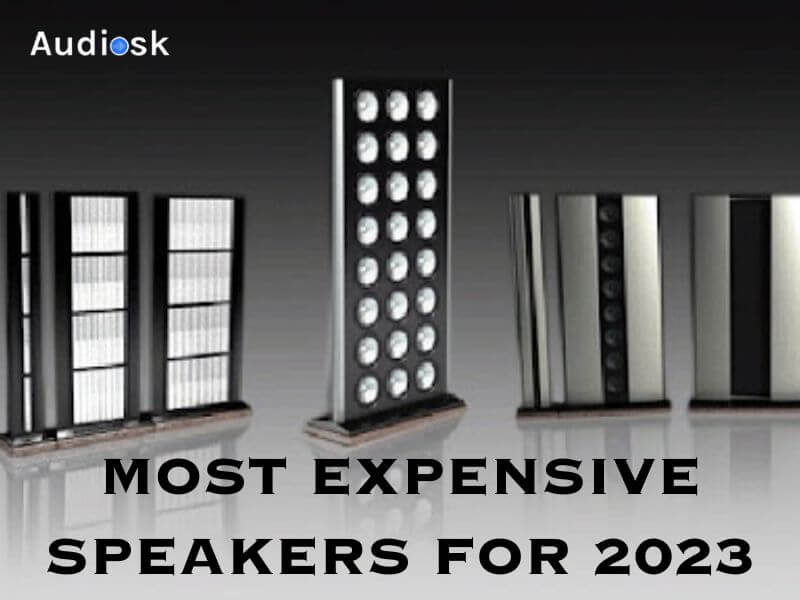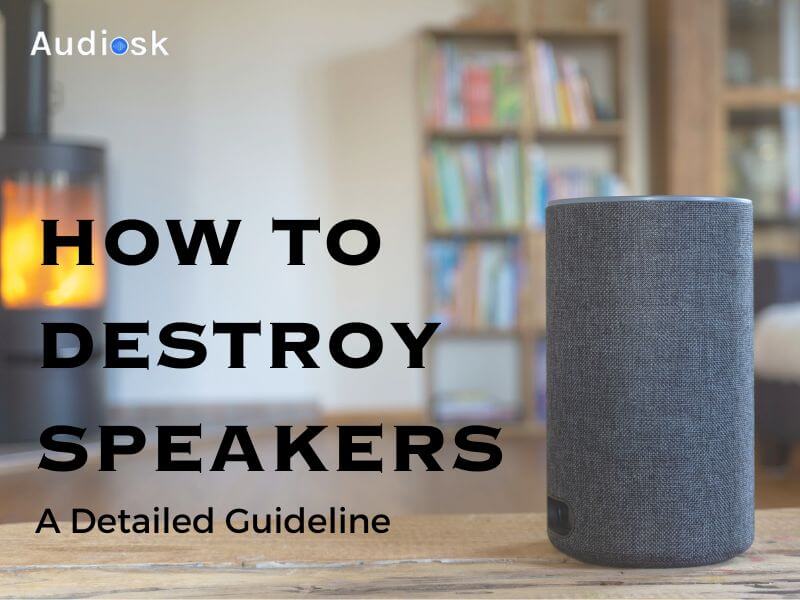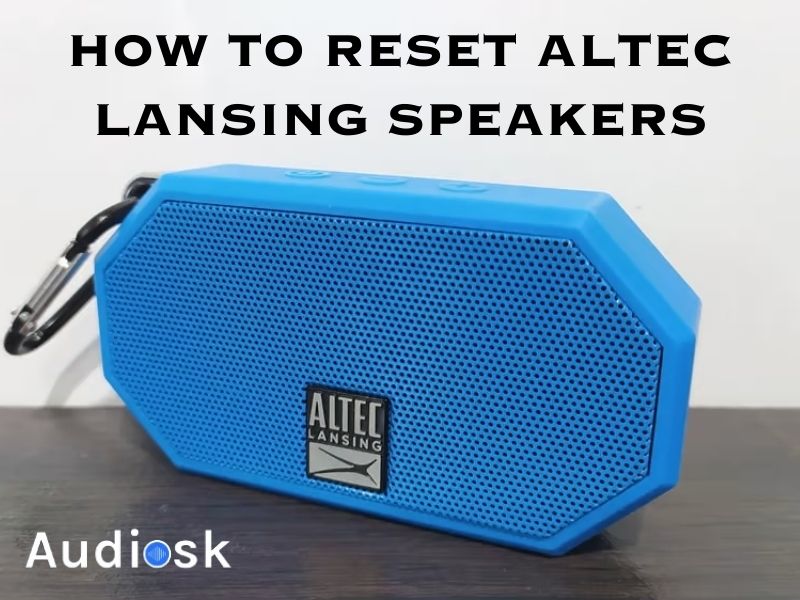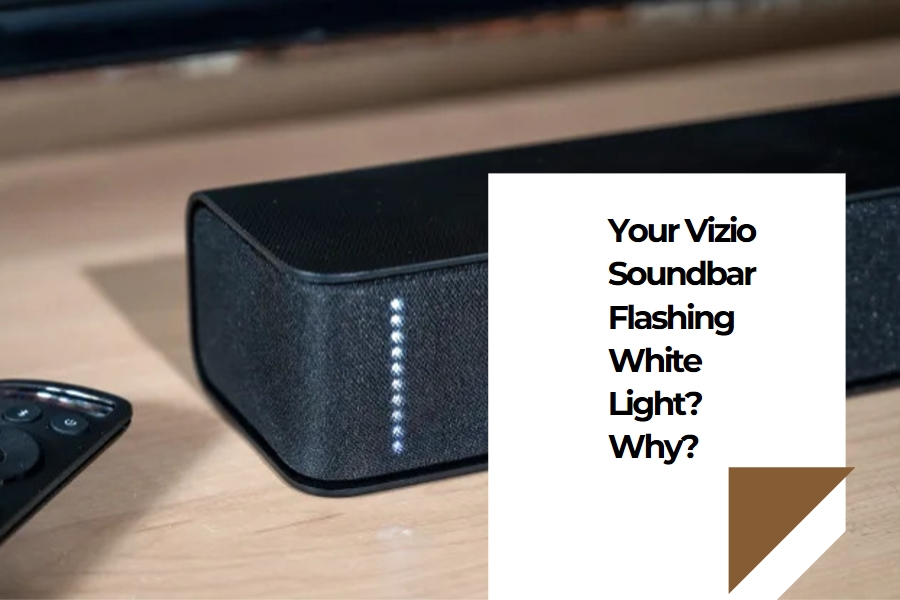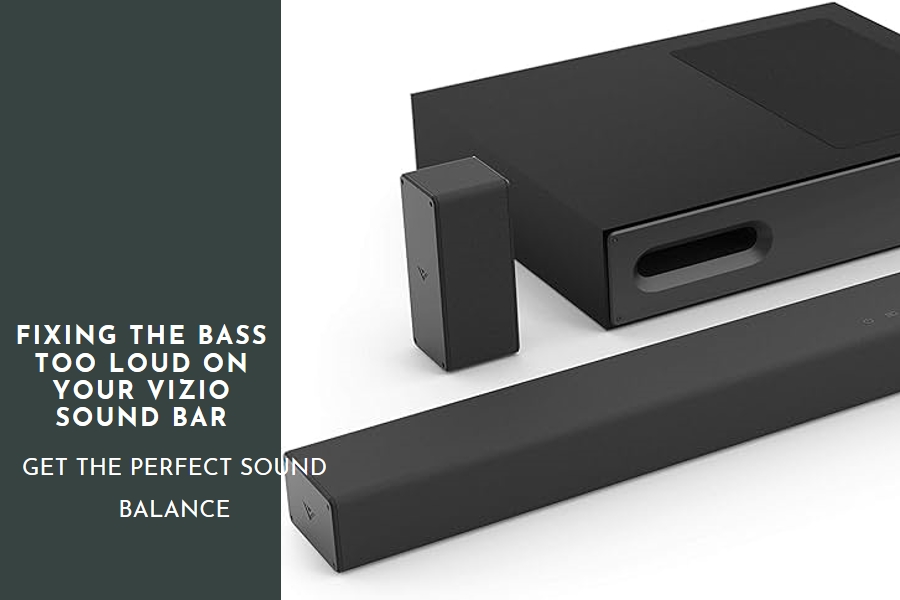Don’t know which speaker to choose for your new home sound equipment? We’re here to help! Our blog post will discuss both positive and negative factors associated with the full-range speaker system as well as different kinds of speakers. The choice of the right one is especially crucial for the sound and tech.
Full-range speakers or also referred to as full-range systems have become so popular among people who like great sound. The single driver in these speakers indicates that the sound is uniform, without changes over time. Full-range speakers are also good options for those who prefer natural sound quality.
We have tested a lot of full-range speakers and can recommend this brand for it’s good quality. This article is for everyone that is keen on getting a full-range speaker and anybody else that would like to learn more about it. This article will help you identify the most appropriate speaker. Visit Audiosk for an adventure in sound – a treasure trove of fantastic audio content just for you!
What Is A Full Range Speaker?
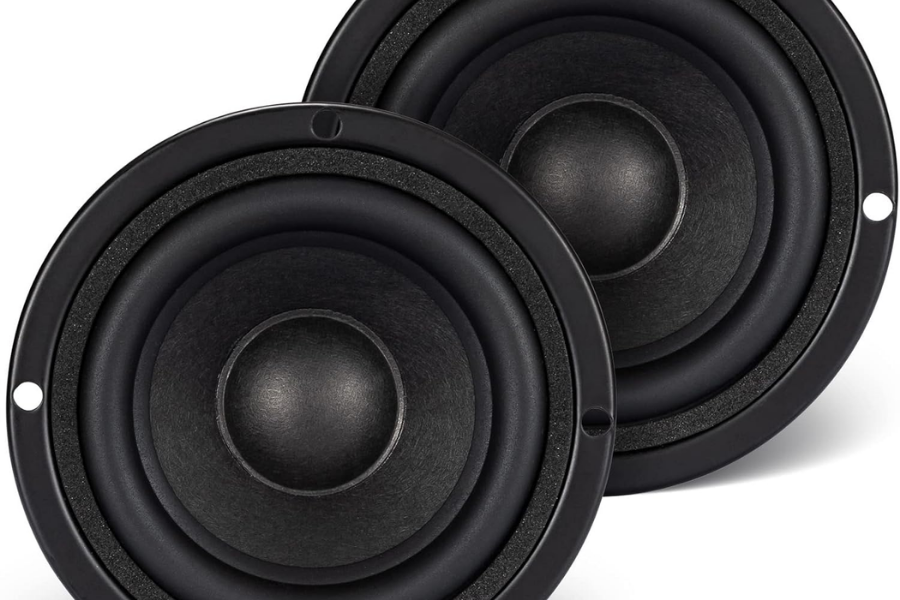
Wideband or full range speakers are good for covering a wide range of frequencies between 150 Hz and 20 kHz. Despite there not being any particular criterion for describing a speaker as full range or wide band, a characteristic of handling 6 and above octaves could also be considered.
These may be the sole speakers in a sound system at times. Think of a Bluetooth or smart speaker with just one driver. Due to their intelligent design, they are incredible in producing such diverse types of tones. The flex on their cone is adequate to achieve the tone of the lowest notes, whereas they go easy on coated cones and coils at times due to some materials giving the correct sound for the highest notes.
However, full range speakers can be round, square, oval and are commonly 2″ – 8” wide. Such devices are capable of handling a range of power levels ranging between one and a hundred watts. Another variety includes what are known as coaxial speakers where there exists both woofers and tweeters in one component.
They take up very little space making them super popular in car audio and as a background to play music in general.
Advantages Of Full-Range Speakers
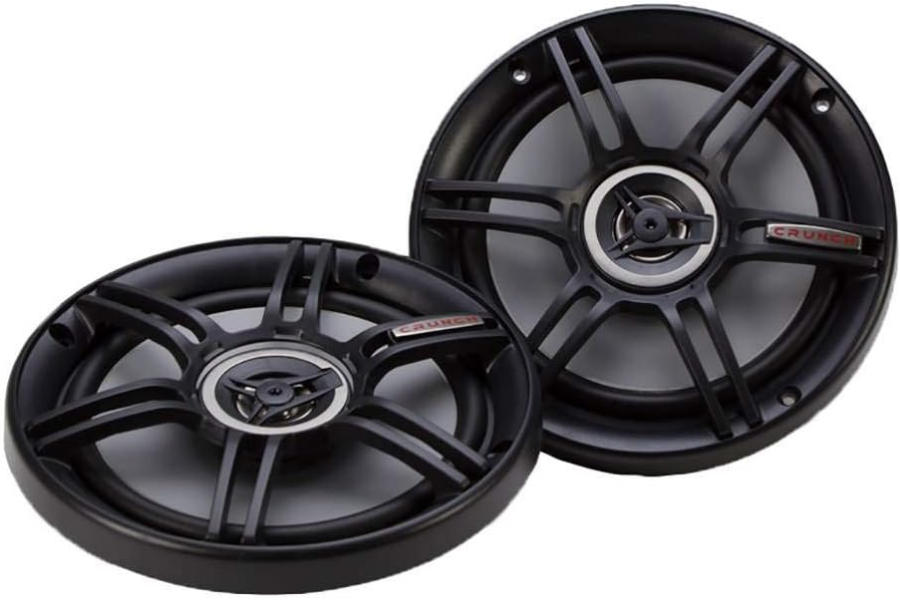
It is simple to add full range speakers and they are small to fit in easily. That’s a big plus! It’s easier to install because all you need are two parts on each side and it is ideal for saving space. It has been found so convenient by a large number of car lovers, who love adding new music systems in their vehicles themselves. Secondly, most people opt for full-range speakers due to their relatively lower prices compared to multi-way configurations.
Full-range speakers are yet another cool thing that clarifies and equalizes the sound. Instead, they do not divide different sounds, and therefore everything mixes up well together. In contrast with a multi-way set of speakers, sound does not normally get muddled up by various volume levels and therefore the tone of sound is usually cleaner or nicer. They are great choices for mid-range hi-fi systems.
When we tested full-range speakers, we found they give great sound at normal volumes. The only time they might not be as good is with super high or low sounds. Multi-way systems might do better there. But if you want great mid-range sound in your car and don’t worry about the really high or low stuff, full-range speakers are a good way to go.
Disadvantages Of Full-Range Speakers
Full-range speakers aren’t the best for making small sound adjustments. They’re not like multi-way systems that can tweak different sounds in different ways. Full-range speakers focus on one sound range at a time. Some sounds might not be as sharp or clear. For people who really like to fine-tune their sound, this could be a downside.
Secondly, sometimes with high volumes, full-range speakers may not sound as nice. Unfortunately, they attempt to deal with all sounds together which might overpower many of them, particularly the high sounds. That may confuse the sound. Therefore, if you are a fan of loud music, it may be advisable to consider high-output speakers.
Another thing is, that various sounds are not limited by full-range speakers. These are high-quality products with mid sounds at typical volumes. The low and even high sound? Not so much. Such type of music does not leave any room for high sounds as they get sharp and harsh; at the same time, low sounds lose its deep feel, and the overall result is some kind of very shallow image of music.
Nevertheless, half-range speakers still have merits. They are perfect for basic audio units that you can tolerate to be compromised slightly. This is suitable for medium-priced hi-fi equipment and average-sized rooms. On tests and from what people say, lots of full-range speakers can deal with high and low sounds quite well, bearing in mind their limitations.
What Is The Difference Between Full-Range And Mid-Range Speakers?
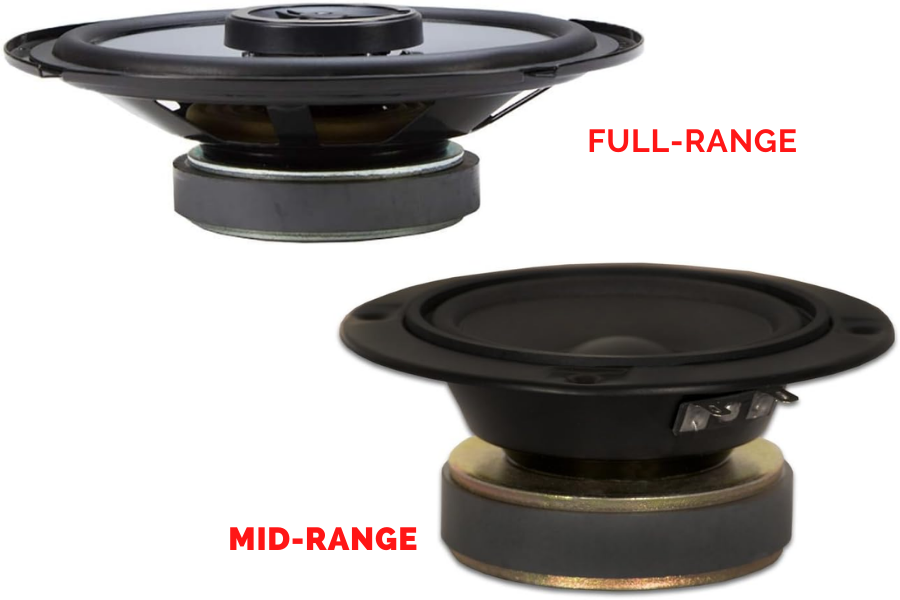
A full-range speaker means it can play all kinds of sounds, from really high to really low. It’s different from systems where each speaker only does one kind of sound. Like, some systems have a horn just for high sounds, a midrange for the middle sounds, and a woofer for the deep, low sounds. But a full-range speaker does it all together.
Finding Your Speaker Sweet Spot
Speakers sound their best when they’re playing the sounds they’re made for. This is when they’re really efficient and turn most of the power into sound instead of heat. For a big speaker, called a woofer, this is usually for sounds under 100 Hz. A small speaker, called a tweeter, is often for sounds above 3 kHz.
However, many kinds of music have sounds outside of these two octaves. For example, a trumpet plays between 165 Hz and 900 Hz, and a clarinet plays between 147 Hz and 1865 Hz. This means that how a full-band speaker is made has a great influence on the quality of
Matching different speakers within one audio or home theatre system can be the difference between finding the best sound and not. This is demonstrated in case of examples whereby a company can tell you what big and medium speakers work great together. In addition, they may work as filters and establish crossovers in your system. Crossovers prevent speakers from playing each other’s best sound.
One may go ahead and discuss with a speaker-making company. This will go a long way towards ensuring that you select the most appropriate placement of these speakers in your sound system.
Final Thoughts
Shortly, there are both pros and cons of using full-range speakers in a car sound system. Well, these are excellent units meant for beginners and car owners who don’t want to go through a sophisticated set-up yet still get good audio quality. They fit the bill perfectly in smaller spaces and not so high-end sound. However, if music is part of your life and you love to play around with your system, it’s time for a multi-way system. You may also tweak with the sounds by using it.
Ultimately, your final decision to use either of these subsystems can be based on your needs and preferences. You can check out Audiosk, your go-to place for awesome audio content that’s ready and waiting for you!


